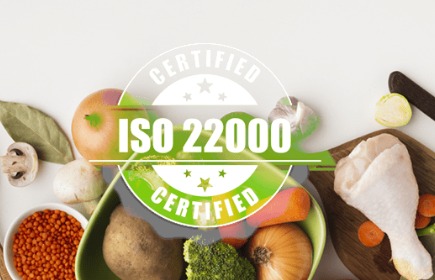Loading

ISO 22000:2018 outlines the requirements for a Food Safety Management System. It combines the principles of Hazard Analysis and Critical Control Points (HACCP) with internationally accepted quality management system elements, helping organizations identify and control food safety hazards.
It’s applicable to all organizations in the food chain, regardless of size or complexity.
ISO 22000 applies to any organization involved in the food supply chain, including:
Food manufacturers and processors
Ingredient and additive suppliers
Food packaging and distribution companies
Catering services and restaurants
Retail and wholesale food outlets
Transportation and storage providers
Agricultural and primary producers
Ensure food safety at all levels of the supply chain
Enhance consumer confidence
Reduce food safety risks and contamination
Improve traceability and accountability
Achieve regulatory compliance
Ensures Food Safety
Identifies hazards and implements control measures at every stage of the food supply chain.
Reduces Risks & Recalls
Prevents contamination and foodborne illness, reducing the risk of costly product recalls.
Market Expansion
Essential for entering international markets and meeting import/export requirements.
Regulatory Compliance
Helps meet food safety laws and government regulations.
Continuous Improvement
Based on the PDCA (Plan-Do-Check-Act) cycle to improve processes and performance.
Customer Confidence
Demonstrates your commitment to delivering safe, high-quality food products.
Interactive Communication
Across all stages of the food chain.
System Management
Integrated with business processes and quality management.
Prerequisite Programs (PRPs)
Basic conditions and activities necessary to maintain a hygienic environment.
Hazard Analysis and Critical Control Points (HACCP)
Identify, evaluate, and control food safety hazards.
Operational PRPs & Monitoring
Ongoing process control and risk mitigation.